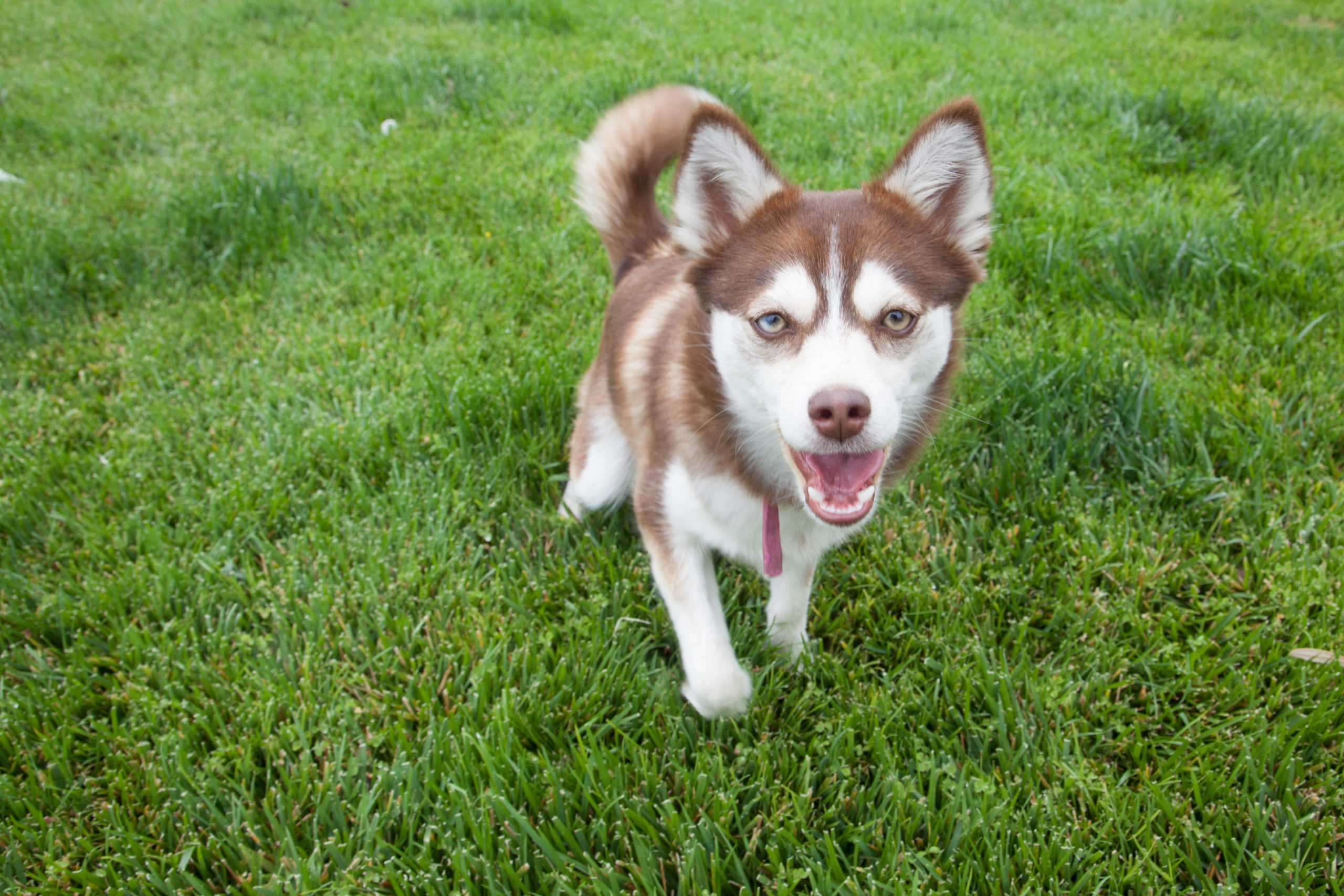What do you do if your dog stops breathing
- Do not move your dog, if something is stuck in their throat you do not want to move thing around. Call your vet immediately and if they are closed proceed to the nearest emergency room. You can check his mouth and throat to see if anything may be stuck or lodged that you can easily remove.
- You can then proceed to tilt the neck back and provide CPR, at the same 30:2 ratios as humans. Close their mouth and breath into their nose, and you can do chest compressions but use you best judgment depending on your dog’s size.
- Regardless of your choice, proceed to the nearest vet ASAP.
The Heimlich for dogs and how is it done?
Only use this method if you are sure there is something lodged in your dog’s throat that you cannot see nor get out. The process if very similar to that in humans with a slight difference in details.
The Procedure for both Large & Small Dogs:
- Kneel behind the dog, have the dog face away from you.
- Put your arms around the dog’s waist.
- Use the knuckles of one hand and place them just below your dog’s last set of ribs on the soft part of the abdomen.
- Place your other hand flat on the dog’s back to keep him steady.
- Give a quick, hard poke with your knuckles.
- Press in and up four to five times gently, in a thrusting motion. Not more than four to five times.
- If the dog is lying down, place one hand on the back for support and use the other hand to squeeze the abdomen upwards and forwards.
- Check the dog’s mouth and remove any objects that may have been dislodged with your fingers.
What do you do if your dog gets too cold?
- Temperatures below 20°F are too cold for most dogs. Cold weather can cause frostbite and sub-normal body temperature called hypothermia. The area’s most susceptible to frostbite are the extremities. The nose, toes, ear tips, and tail.
- Frostbitten tissues turn a grayish-white color and require gradual rewarming. Don’t rub or irritate the areas. Give a lukewarm bath and offer warm fluids like chicken broth. You can also wrap your dog in a heat retaining blanket as well. Most importantly take the pet into a warm area, and gradually let them heat back up, take to a veterinarian for immediate help.
What do you do if your dog overheats?
- Remember dogs DO NOT SWEAT, they have under developed sweat glands which is why dogs pant, to realize heat from their bodies. Always use caution when taking your dog outside in hot weather. You can follow these tips to avoid a heat stroke:
- Use a self-cooling vest for dogs, like the RuffWear Swamp Cooler, “Evaporative cooling exchanges the dog’s heat as water evaporates from the coat’s reservoir. Temperatures drop through the phase transition of liquid water to water vapor, mimicking the cooling effect of humans’ sweat.”
- Get your dog a “kiddle-pool” where they can cool themselves off as needed.
- Have plenty of access to fresh drinking water, whether a dog bowl, water bottle, or doggie water fountain.
- Walk your dog at the first of morning or the later of the evening, NEVER during the heat of the day. If you dog is not walking in front of you at all times, they have had enough of the walk, and are trying to say they are tired. Remember you then have to walk home, so judge your walks accordingly.
- If your dog is having a heat stroke, hose them down as soon as possible, wetting the head first. Then proceed to the nearest emergency clinic.
The best way to treat a small wound
Remove hair with clippers if necessary before cleaning the wound. Clean the wound with diluted betadine solution, or an anti-fungal/ anti-bacterial scrub. Then wipe clean with some diluted rubbing alcohol. It really is quite similar to treating a human wound. If the wound is deep, you need to take your dog to the vet for stiches, that is something that should not go un addressed. The wound should always be kept clean and free of dirt and debris, a small wound should heal in a few days and if not it should be seen by a veterinarian.
What do if your dog ingests something dangerous?
You can administer hydrogen peroxide, ½ cup with a turkey baster, wait 15 minutes if the dog vomited then you are done. If not re-administer every 15 minutes until the dog has vomited. If the dog vomits everything up and it is within 3 hours of ingestion, then you are safe and everything will be fine. If not, it would be best to go to your veterinarian.
You can always call the Animal Control Poison Center Hot Line: 1-888-426-4435.
For more information please visit www.chagrinfallspetclinic.com





Leave A Comment